Students at Monterey Road Elementary are proof we can have hope for the future. They are keen to the facts of how we must protect our planet. They are thoughtful in prioritizing habits such as recycling, composting, and growing their own food into their lives at such a young age. This “Zero Waste” video shares how involved the students, teachers, principal, and superintendent are in making a positive difference long-term. Enormous kudos go out to the principal , Julie Ann Davis and Atascadero Unified School District (AUSD) superintendent, Tom Butler, for their continued commitment and unyielding support in implementing these programs for the school. They maintained the priorities and budget to help make this project and others possible by leading an astounding example. PMSM architects contributed by being the lead architects for the project.

The Green Schools Showcase was a remarkable effort in collaboration of a variety of groups/organizations/individuals over years of dedication to the projects recognized. The collaboration is often between the schools and their facility management, custodians, the superintendent of the district, the principal, the students & student council, parents and faculty support, the Cuesta College Foundation for NEED kits, sought by Amanda Shere, One Cool Earth’s Genius Program focusing on waste, water, and food issues via school gardens, and CCGBC’s Gateway to Green Schools Program, headed by the chair Teresa Lees and program committee Amanda Shere, Cynde Spence, Todd Hansen, Victoria Carranza, and Sarah Trauger, to jump start it all. It is truly an entire ecosystem at work to create just one Green Schools project!
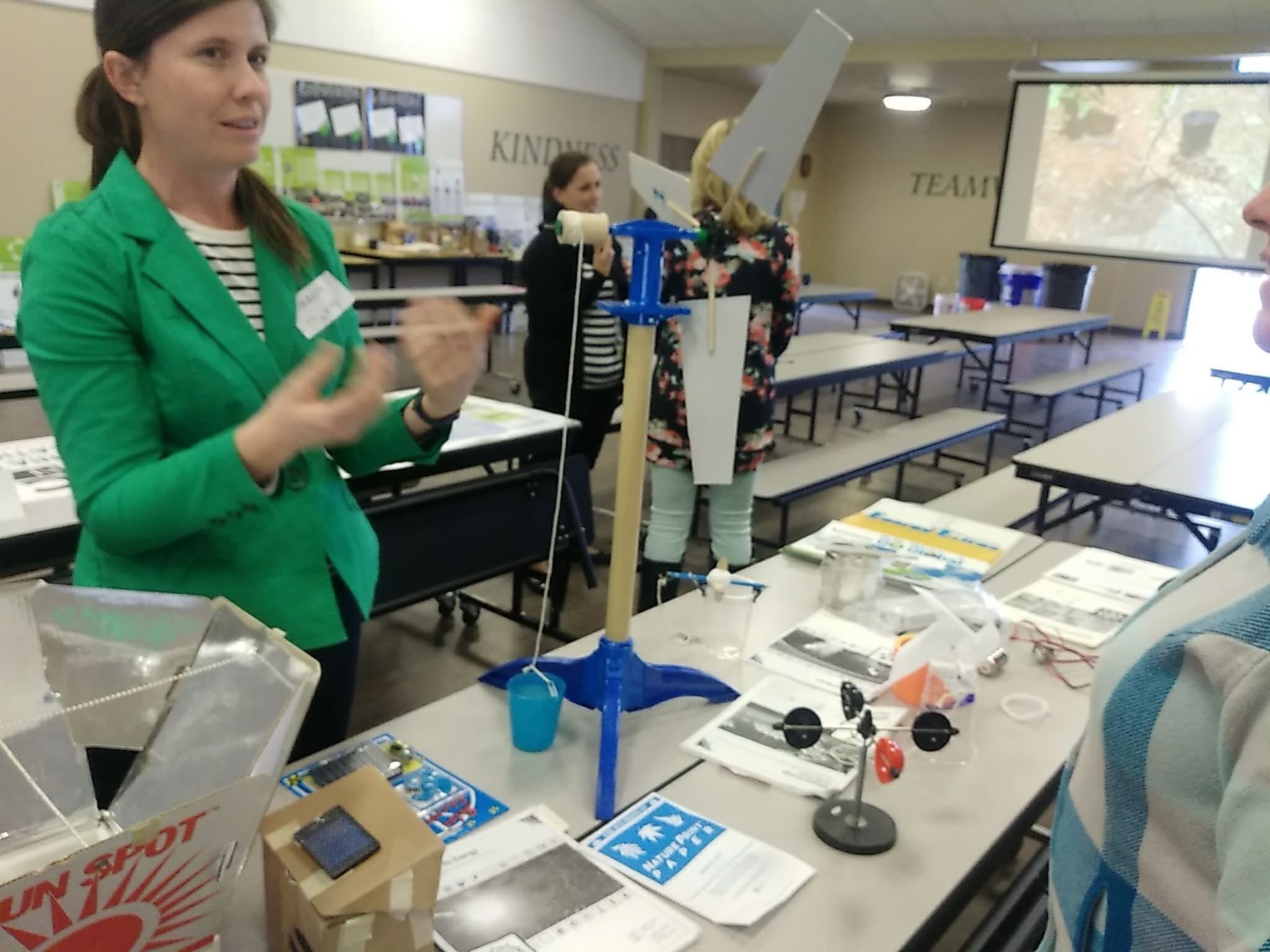
Stu Stoddard, the Facilities Manager, led us through the transformation that happened at Monterey Road, explaining the expansion of the multi-purpose room, adding 1,000 sq. ft. to it and changing the floor to a low VOC marmoleum floor. They have converted the roofs to integrate operable skylights and low RFI standing seam metal roofing atop which 70% of the school’s energy load is absorbed by photovoltaics.
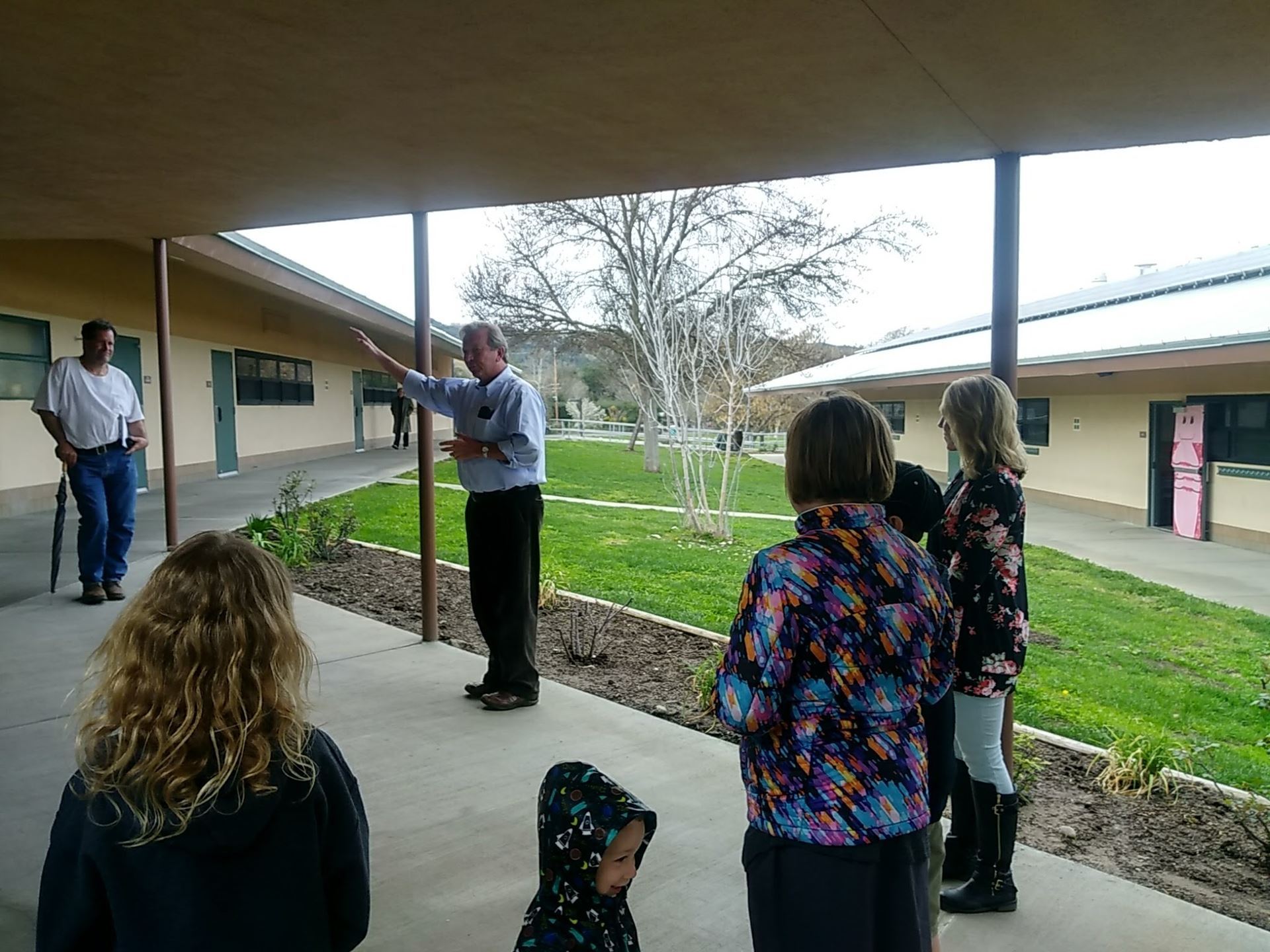
At Monterey Road Elementary, students do all the recycling and sorting. The custodians take care of the trash; by the students sharing in the duties, this saves the school money and the students look forward to helping out as they take ownership over this task while implementing positive habits into their own lives.
As a follow up to the “Zero Waste” video , One Cool Earth also piloted AUSD's first zero waste programming at Monterey Road and kicked it off with a waste audit at the school a few years ago. The principal, custodian, yard duties, Garden Club, and ASB have been running it ever since, taking ownership and living sustainability. They call these folks "The Green Team". The Green Team facilitate the waste sorting stations and worked side by side with Facilities and Maintenance as well as the waste collectors on a county level to make sure the messaging on the campus level made sense. The Cuesta Foundation supported the waste audit efforts as well. The work went even beyond the school grounds as they conducted marine debris related science lessons with Monterey's 3rd graders and PSAs to link our waste issues back to the health of our watershed, the Salinas River Watershed. It wasn't until the second year working with AUSD did the food forest start to take shape. Lessons are with all grade levels now. Soil building, watershed health, and zero waste was a primary focus first with OCE.
Standing in the classroom, the skylights made it bright and cheerful inside. “Big Ass Fans” keep the chimney effect working with the operable skylights to maintain optimal classroom ventilation and comfort. The walls are made out of a special noise reduction board. The technology in the room is exceptional as well. Instead of getting a ‘Smart Board’ or the latest technology in teaching they realized that investing in high quality projectors and a speaker system in all of the rooms was a simple, affordable, and long term solution. Atascadero Unified is tech savvy so there’s 1-1 computing 2nd – 5th grade, and the entire district is a “Google District” which means that every student has a Chromebook to use in class and then when they login to their computers at home they can begin work off the Cloud right where they left off.
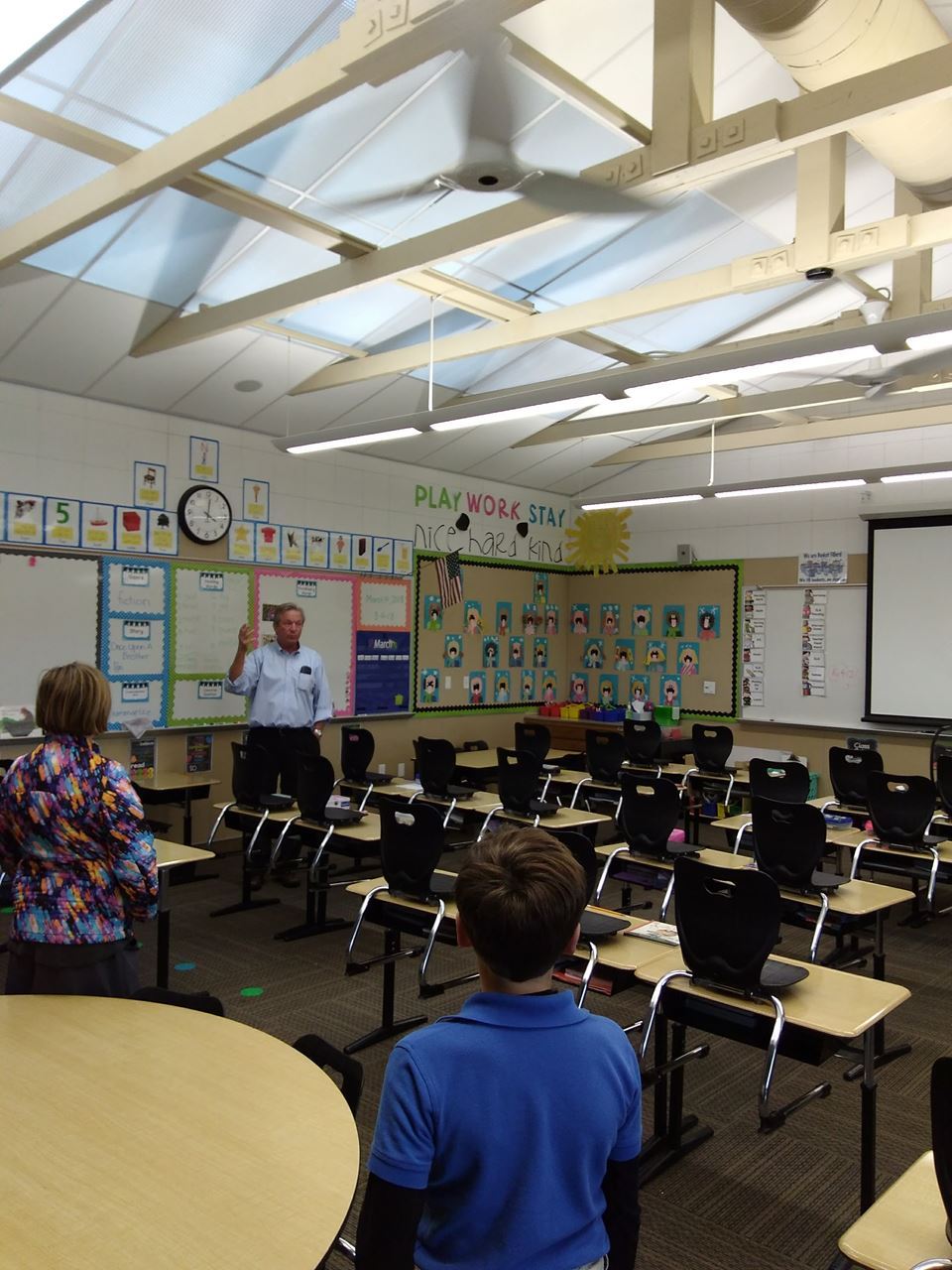
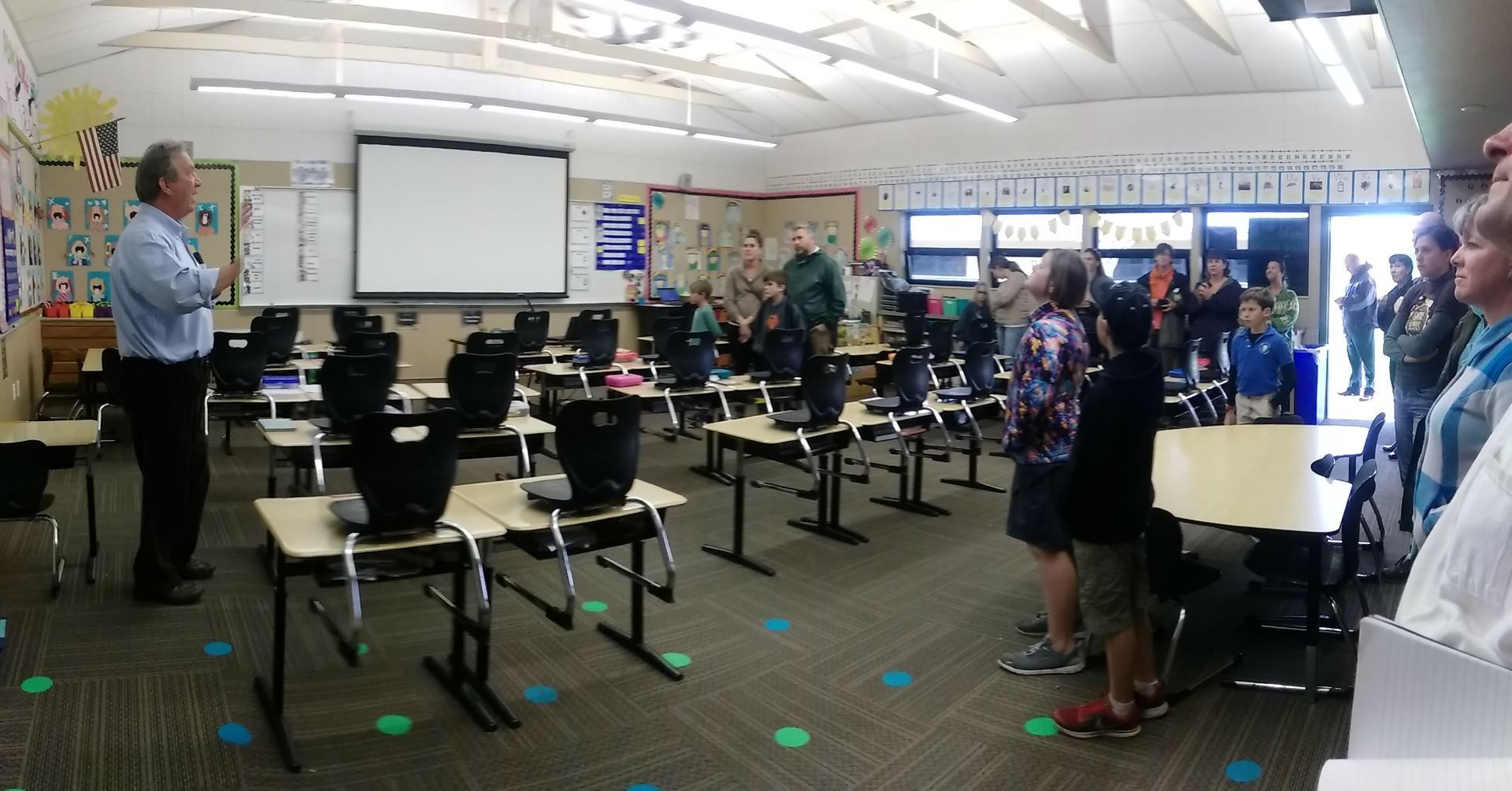
Sarah Trauger, Rideshare Program Coordinator at SLOCOG, explained the importance of the bike and pedestrian safety program that Monterey Road Elementary hosts as kids rode bikes and scooters around the traffic garden on the asphalt behind her. Not only are students learning a skill that will help reduce greenhouse gas emissions, traffic congestion, and rates of childhood obesity, they are also learning a skill that will help them grow into self-reliant, independent adults. Additionally, they will know the rules of the road before they start learning to drive.
AUSD and SLOCOG’s Safe Routes to School program worked together to get this rolling, pun intended. Sarah Trauger worked closely with AUSD facilities staff to time the implementation of the traffic garden with the reslurry and seal that the district was doing as regular maintenance. SLOCOG designed the tracks and paid for the striping of the bike track. SLOCOG also worked with the AUSD administrators to implement pedestrian and bicycle safety curriculum into the P.E. class curriculum. AUSD partnered with local bike shop, K-Man Cyclery , to get a set of bikes that travels from elementary school to elementary school within the district to teach students bike safety and to encourage alternative modes of transportation.
The Safe Routes to School program is grant funded by Caltrans Active Transportation Program. SLOCOG will work with any school in the county to get a Safe Routes to School program started.
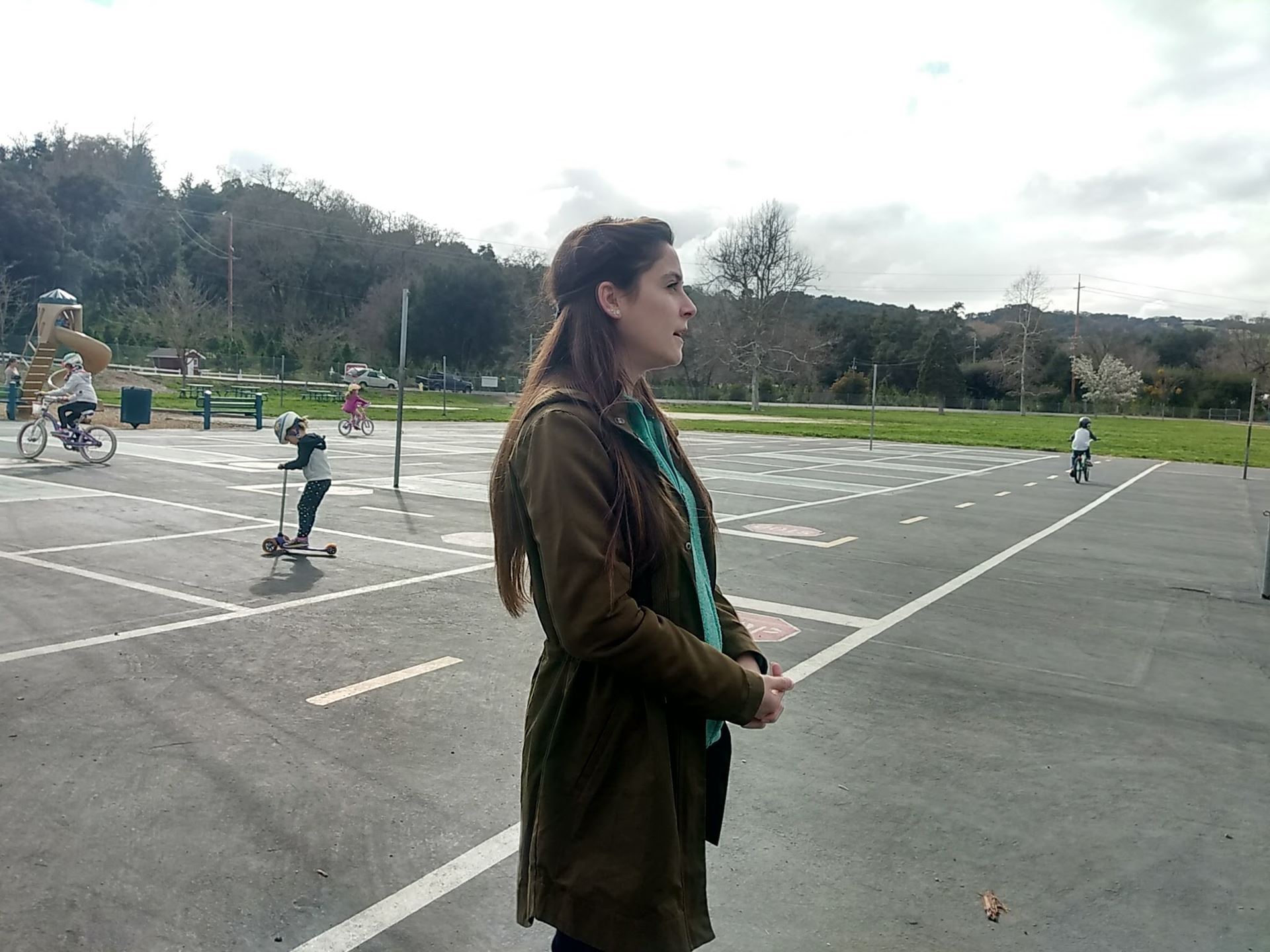
While outside, Ed Surman and Natalie Perez from One Cool Earth, in accompaniment with the students, explained all the incredible work they’d done. Victoria Carranza, OCE’s Education Director, played a large role in this project as well. One Cool Earth's Earth Genius Program focuses on waste, water, and food issues via school gardens. They have been incredible in tying all these topics together. It's about ecology and our relationship with our home, after all. The students helped out with everything, from a huge turf replacement, to putting donated cardboard, burlap, mulch, compostable matter, and gorilla hair over the entire hillside before they even planted the food forest. One of the students commented on the experience, “It felt like all the work was worth it. It felt like it would take a year, but it only took a couple of months!” It is clear that the students have full understanding of how the systems work since they helped in every stage of the project. The students even replace the drip system themselves when there is a leak or an issue. They also learned about certain plant relationships and selected the ‘Plant Guilds’ that ended up being planted onsite within the food forest. Science, nutrition, and lifestyles are an important part of the curriculum and One Cool Earth even helps to organize family cooking nights in the cafeteria kitchen.
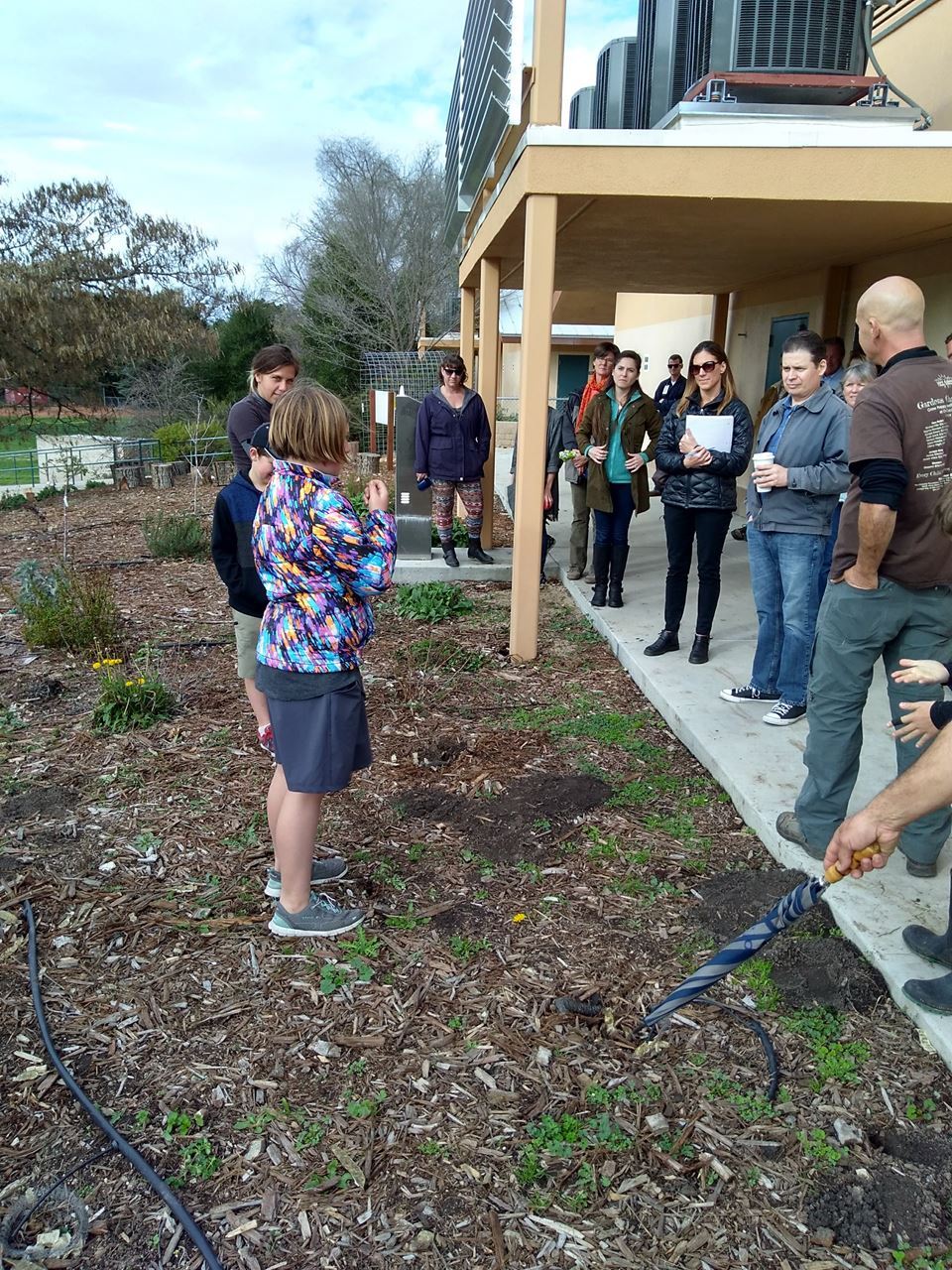
Sean the custodian shared the ‘No Touch’ method of cleaning the bathrooms. It is essentially a high pressure machine that both ‘Douses and Dries’ the entire bathroom, leaving it 99.9% disinfected.
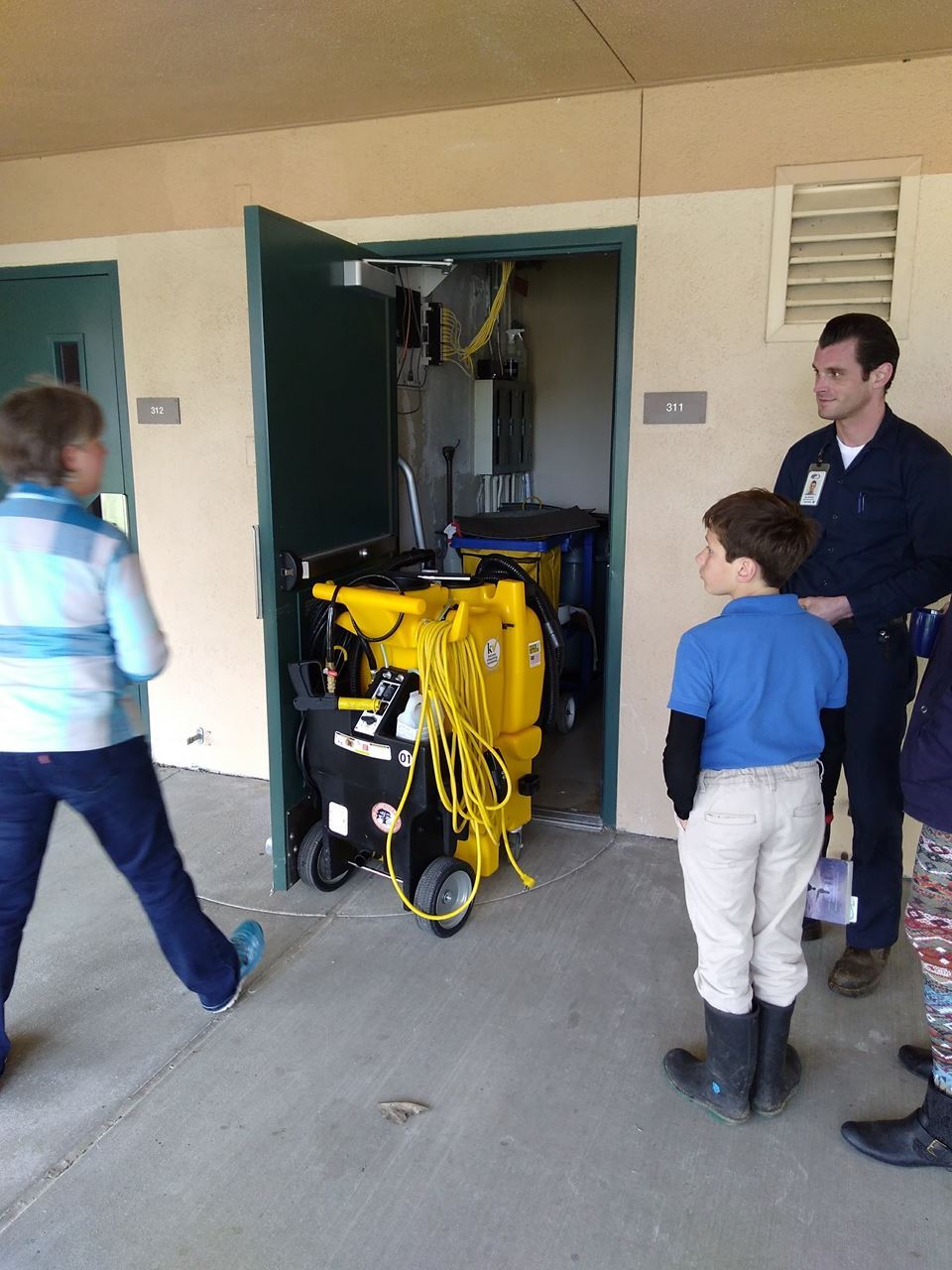
The last stop on the tour, before we returned to fill up on delicious home baked goods and coffee, was the garden. One Cool Earth and the students create the garden, complete with multiple composting bins, a bunch of raised beds for produce and herbs, and a chicken coop. The “Chicken Committee” helps to take care of the chickens as well as add the manure they make into the compost bins as a nitrogen fixer which breaks down the compost significantly quicker.
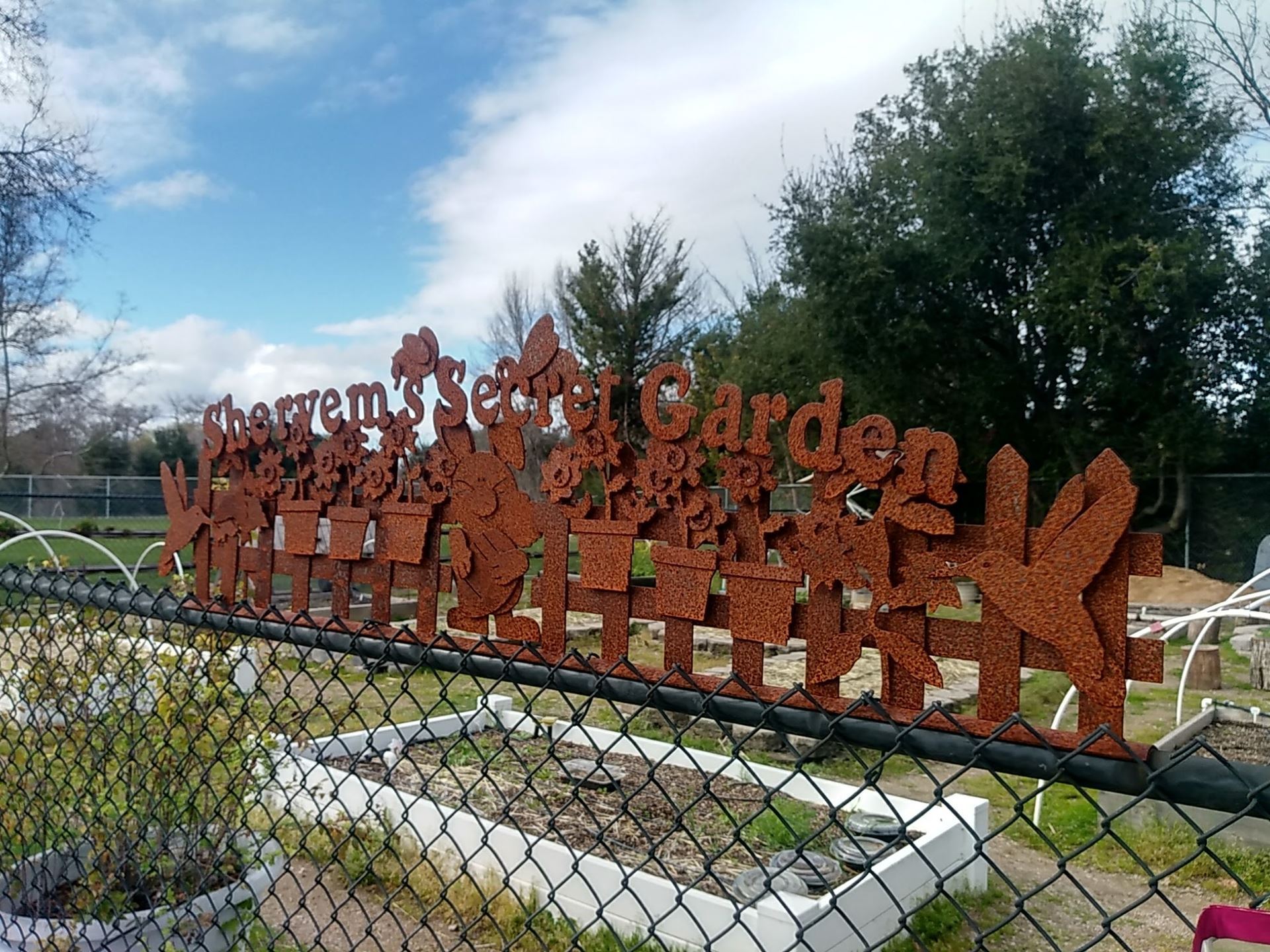
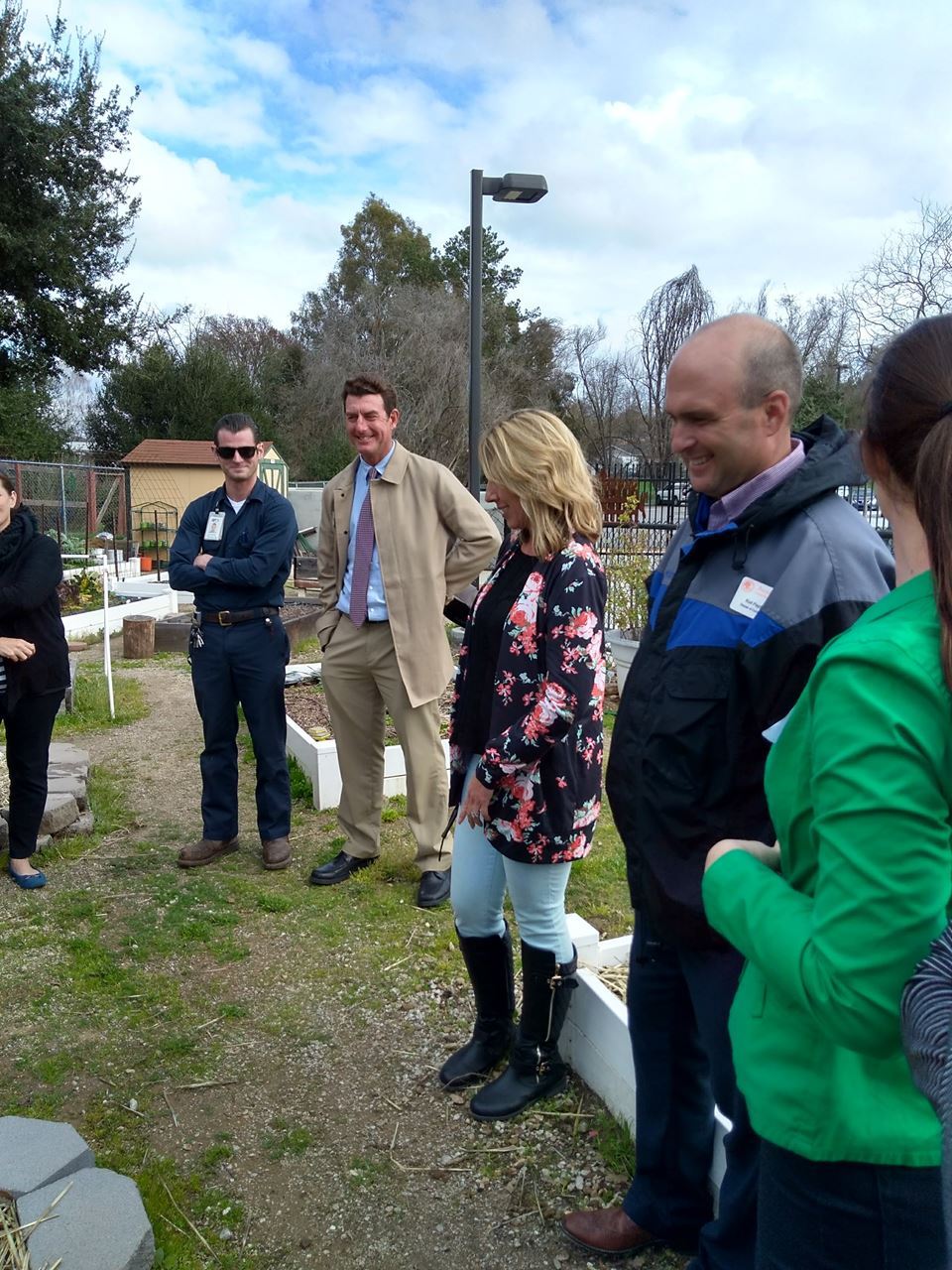
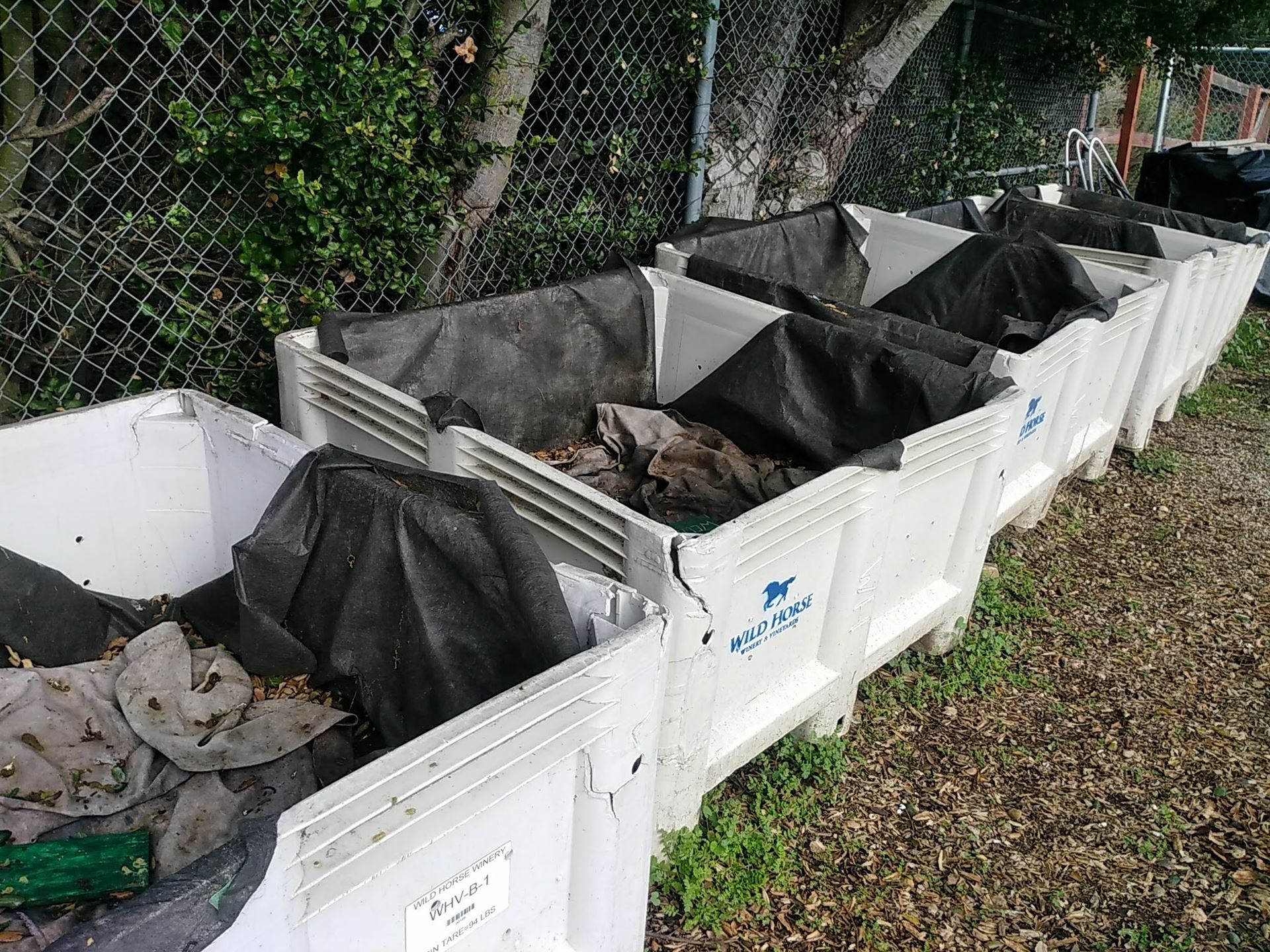
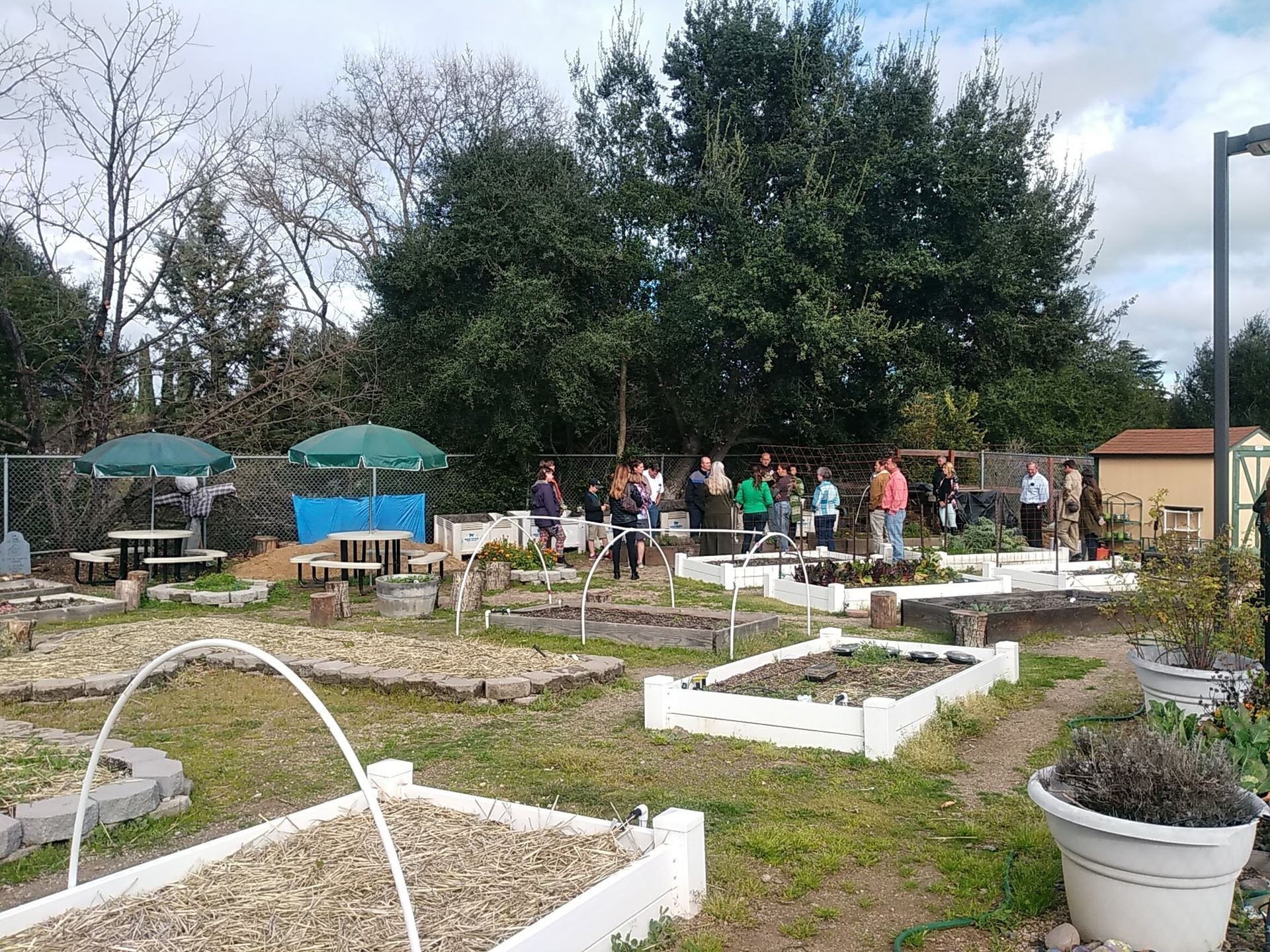

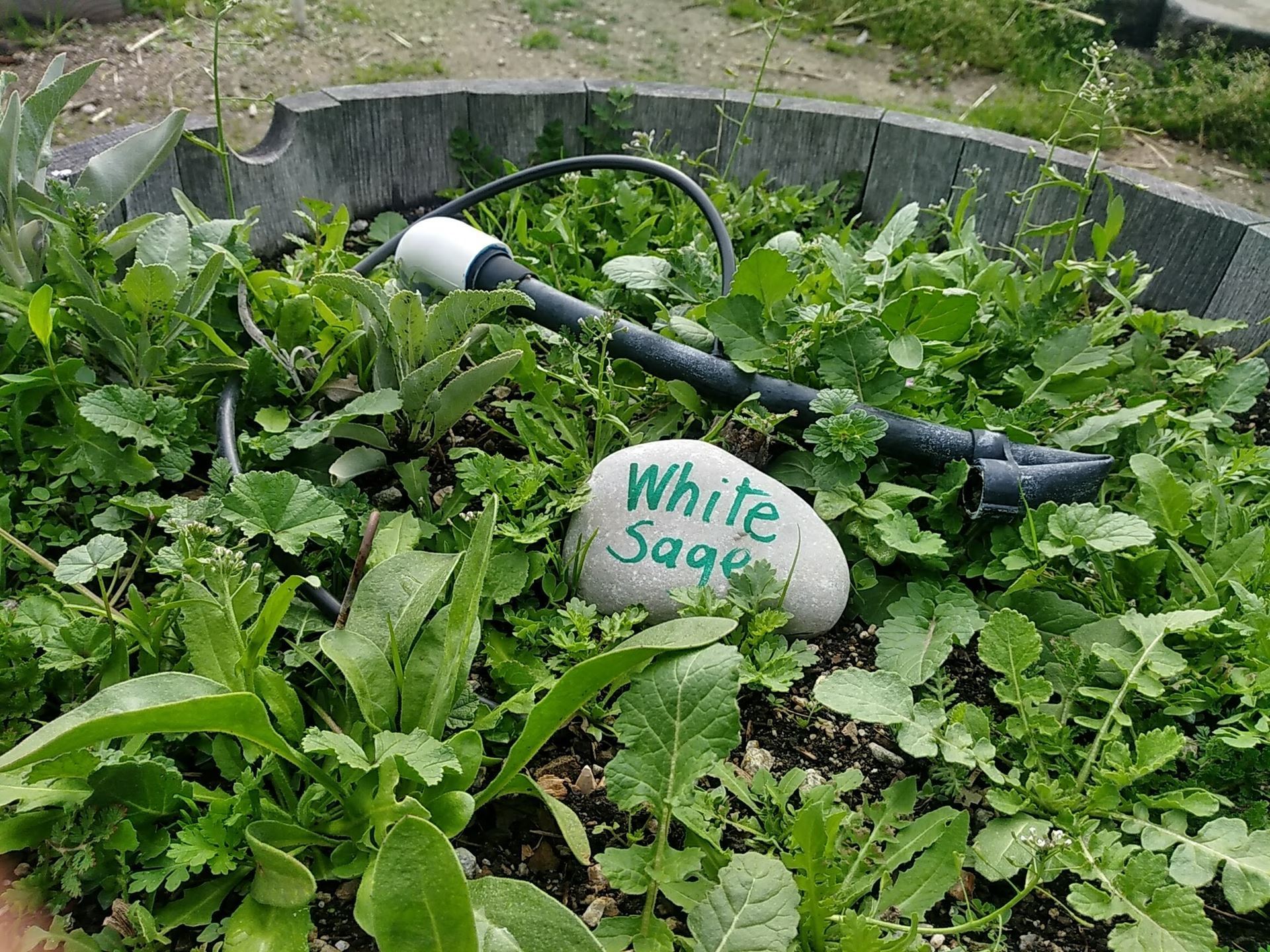
The impact of Monterey Road Elementary School is proven with their National Green Ribbon School recognition. In order to earn this award, the metric requirements are in depth and rigorous. The Showcase was a shining example of what can happen when all sorts of people and organizations collaborate for a greater cause. Although the impacts are already astounding, they will be multiplying and continuing for years to come in the students who eventually graduate beyond Monterey Road, as new students come aboard and build onto the legacy.
Written by Brianna Ruland
With contributions from Victoria Carranza and Sarah Trauger
Photos by Teresa Lees and Brianna Ruland

